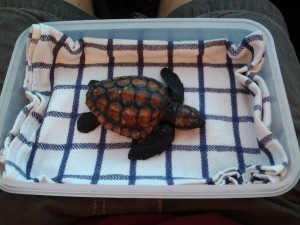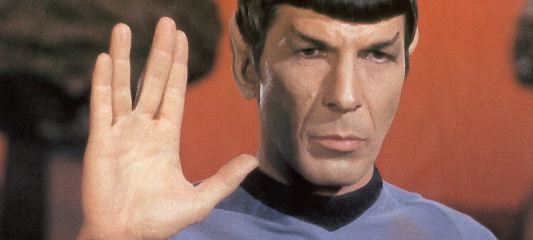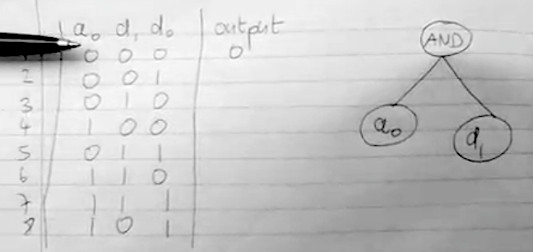My first GP trees!
 After 10 days coding, I have completed a GP tree generator!
After 10 days coding, I have completed a GP tree generator!
Tested are Full and Grow trees through depth 5. Both parents and children are properly recorded. I can run ‘trees’ from the command line to view the Numpy array which holds the tree.
The Python code is coming along nicely. Clean, commented, and modular such that I will be able to extract all internal functions as external methods. A few more changes, such as making the section that builds the root a function, but it’s getting there.
It will be relatively simple to draw upon external data sets for the FUNCTIONS (operands) and TERMINALS (features) as the entire code base is designed to scale.
Yeah!




